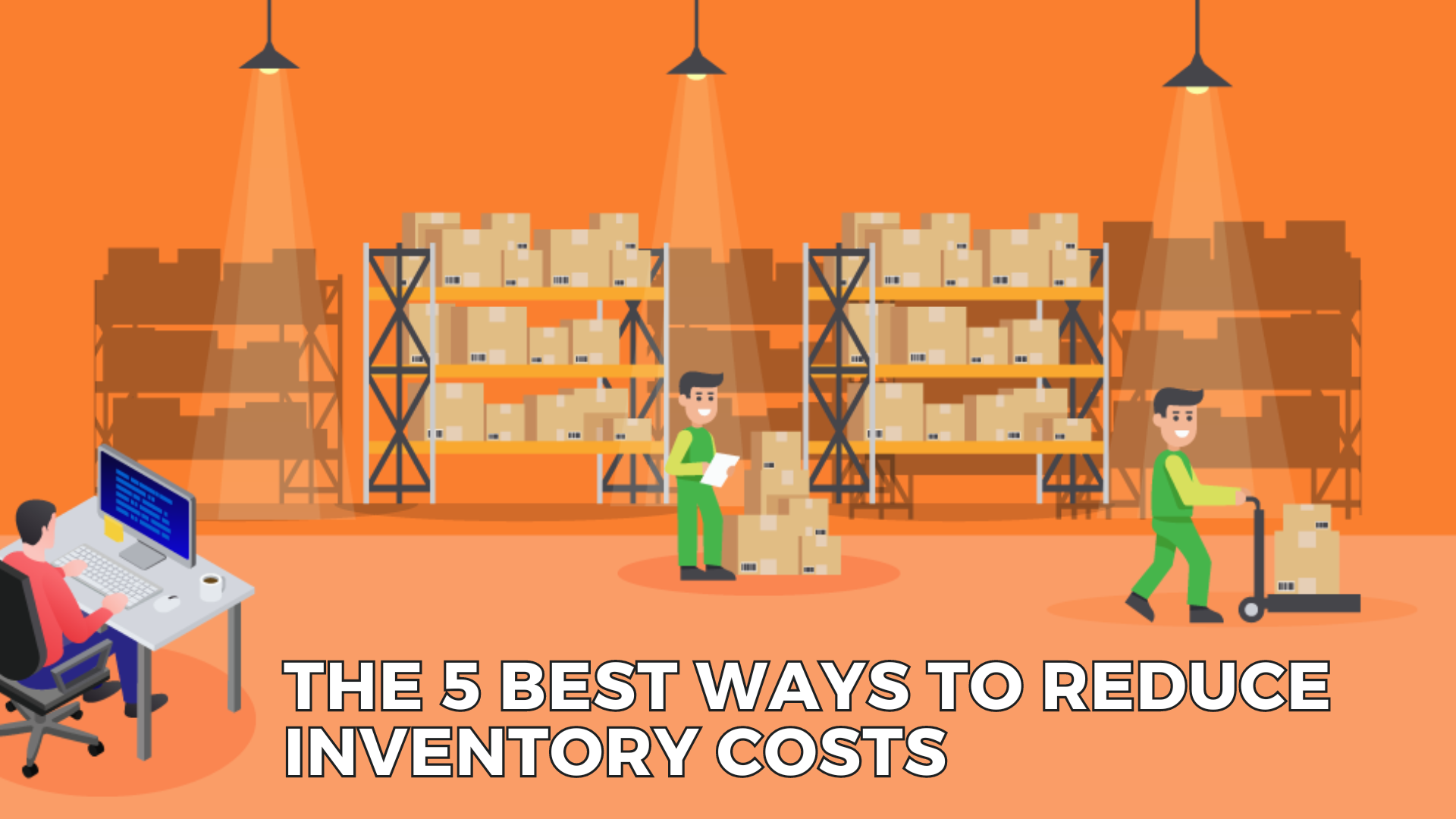Inventory costs can be a significant burden on businesses, impacting cash flow, profitability, and overall efficiency. Whether you’re a small startup or a large corporation, finding ways to trim these expenses can lead to substantial savings and improved operations. Here are five effective strategies to help you reduce inventory costs and optimize your business:
- Streamline Inventory Management: One of the most critical aspects of reducing inventory costs is efficient inventory management. Implementing inventory management software can provide real-time visibility into your stock levels, demand forecasts, and order processing. By streamlining your inventory processes, you can minimize excess stock, prevent stockouts, and improve inventory turnover. Additionally, adopting just-in-time (JIT) inventory practices can help minimize holding costs by ordering inventory only when needed, reducing storage expenses and the risk of obsolescence.
- Optimize Supply Chain Relationships: Building strong relationships with suppliers is key to optimizing your supply chain and reducing inventory costs. Negotiate favorable terms, such as volume discounts or extended payment terms, with your suppliers to lower procurement costs. Additionally, consider consolidating your supplier base to leverage economies of scale and reduce administrative overhead. Collaborating closely with suppliers can also lead to better demand forecasting, allowing you to align inventory levels more accurately with customer demand.
- Implement Demand Forecasting: Accurate demand forecasting is essential for maintaining optimal inventory levels and minimizing carrying costs. By analyzing historical sales data, market trends, and other relevant factors, you can predict future demand more effectively and adjust your inventory levels accordingly. Investing in advanced forecasting tools and techniques, such as predictive analytics and machine learning algorithms, can enhance the accuracy of your forecasts and help you avoid overstocking or understocking situations.
- Reduce Lead Times: Long lead times in your supply chain can result in excess inventory and increased carrying costs. To mitigate this, work with suppliers to reduce lead times through measures such as expedited shipping, vendor-managed inventory (VMI) programs, or strategic location of distribution centers. By shortening lead times, you can improve responsiveness to customer demand, minimize the need for safety stock, and lower inventory holding costs.
- Optimize Inventory Mix and SKU Rationalization: Analyze your product portfolio to identify slow-moving or obsolete items that tie up valuable warehouse space and contribute to inventory holding costs. Implement SKU rationalization strategies to streamline your product offerings and focus on high-demand, profitable items. By optimizing your inventory mix, you can reduce carrying costs, improve inventory turnover, and free up resources for more strategic investments.
In conclusion, reducing inventory costs requires a holistic approach that encompasses efficient inventory management, strategic supply chain optimization, accurate demand forecasting, lead time reduction, and inventory optimization strategies. By implementing these best practices, businesses can enhance profitability, improve cash flow, and gain a competitive edge in today’s dynamic marketplace.









